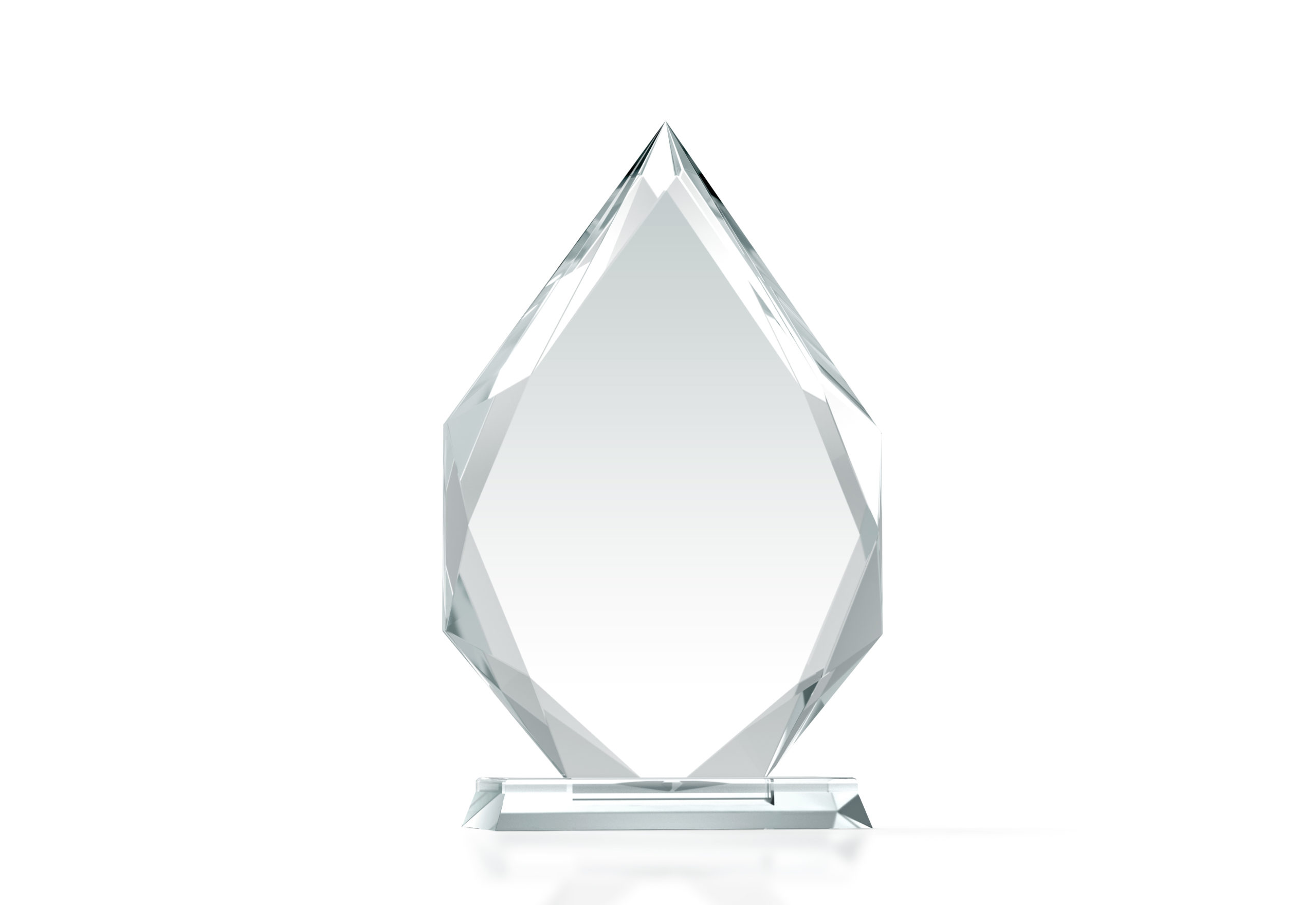Annealed glass is glass that has been very slowly cooled after it has been made at over 1,500 F. This slow cooling of the glass releases most of the internal stresses in the glass. All sheet glass starts out as annealed glass. Virtually all glass award and recognition products are made from annealed flat glass.
Tempered glass is annealed glass that has been re-heated to almost 1,200 F and chilled down to room temperature very quickly with a high pressure cooled air quench. Tempered glass is up to four times as strong, and it has a harder surface than annealed glass, but when it breaks, it shatters into hundreds or even thousands of tiny pieces. These small pieces can still cause minor cuts, but significant injuries are rare.
Tempered glass is one of two kinds of safety glass (laminated safety glass is the other). All safety glass must meet federal standards, and building codes require it in all public buildings and most commercial and industrial buildings.
The downside of tempered glass is that it is considerably more expensive than annealed glass, and flatness can be a concern after tempering. No machining (edging, drilling, beveling, deep etching) can be performed after the glass has been tempered. This would typically result in the glass shattering due to the high internal stresses in tempered glass. Only very light surface abrasive etching or chemical etching can be done on tempered glass without shattering it. Deep etching will typically result in the glass breaking or shattering.




